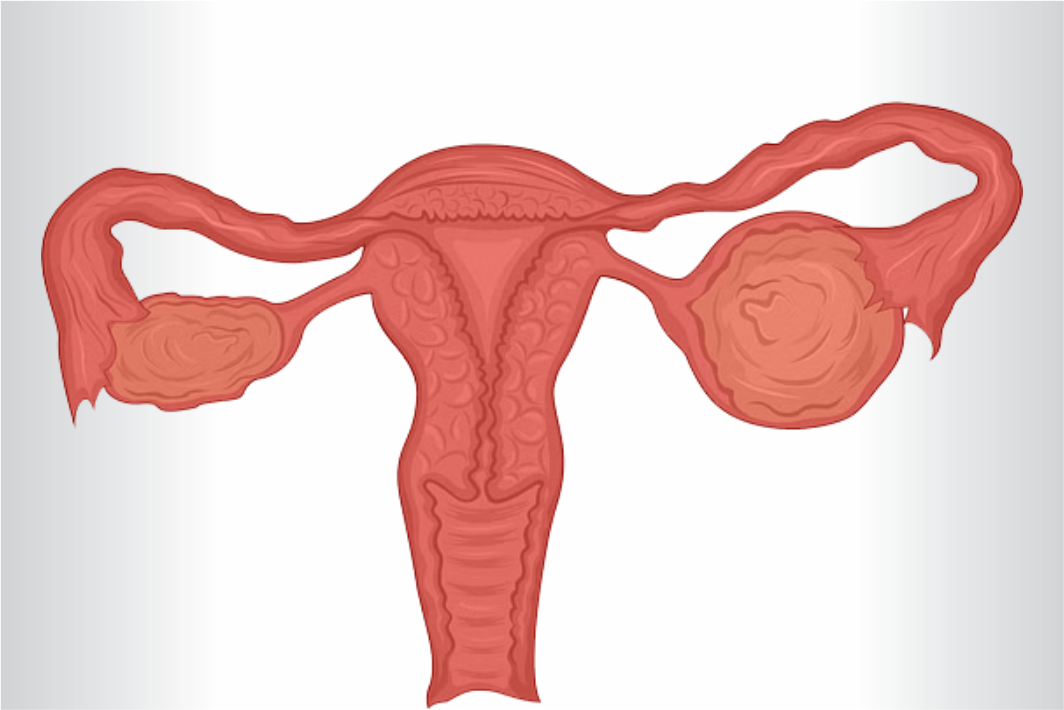A 62-year Hyderabad-based women’s operation for a
10-kg ovarian cyst sounds scary. Among many gynecological issues, ovarian cyst
is a common phenomenon.
As pointed out by AIIMS in research, one in every
four women suffer from ovary cysts. Though harmless, cysts can turn fatal for
women once they form in excess. Left untreated, cysts can be a challenging
episode for a woman.
Causes
Ovarian cysts are common growths, and a majority
of them are harmless. Complications may arise in a few of them. Cysts form when
the ovary has sacs filled with semi-sloid material or fluid.
Ovaries grow small cysts monthly, known as
follicles or functional cysts. These occur during the ordinary course of the
menstrual cycle.
The cysts form during ovulation and are a normal
occurrence with no complications. They generally shrink over time within 60
days. Abnormal cell reproduction, endometriosis, and pelvic inflammatory
diseases are the likely causes.
The other primary forms of cysts are follicular
cysts and corpus luteum cysts.
Symptoms
Cysts are usually harmless and cause no
complications. Some cysts lead to pain in the infected area. A feeling of
bloating in the lower belly, painful periods, and weight gain are also
associated. If the cysts linger for a longer period, a woman may encounter
polycystic ovary syndrome (PCOS).
The complication arises when cysts turn
cancerous. In some cases, the ovary may rupture, leading to a swelling in the
belly region. Cysts also result in ovarian torsion, which leads to pain,
nausea, and vomiting.
Cysts can take the form of Cystadenomas, dermoid
cysts, or endometriomas. Sometimes, cysts may become carcinogenic.
Ovarian cysts release hormones until the placenta
develops and assist in pregnancy. However, once the cyst grows beyond its
limits, things may turn worse.
Remedies
Regular check-ups are the key to overcoming
crises. Imaging tests and ultrasonography help determine the position of the
cysts and their growth.
Anti-inflammatory drugs and hormonal
contraceptives can prevent the cysts from growing further.
In case the cysts are large, cause pain, and show
no sign of recovery, surgery is the only option. Laparoscopic laparotomy
surgeries aid in quick recovery.
Awareness
Women in rural locations are devoid of healthcare
facilities due to societal pressure. With associated taboos, gynecological
cases are hardly discussed within families. The result is a lack of awareness
among women and family members. Heightened awareness levels will bring success
in preventing complications due to ovarian cysts.
A lackadaisical attitude towards one’s well-being
is a significant healthcare hindrance for women in cities. This prevents many
from approaching a gynecologist to consult for cyst-related issues, which
results in ovarian cysts growing beyond control. With tech innovation in
treatment patterns, ovarian cysts can be well managed.





